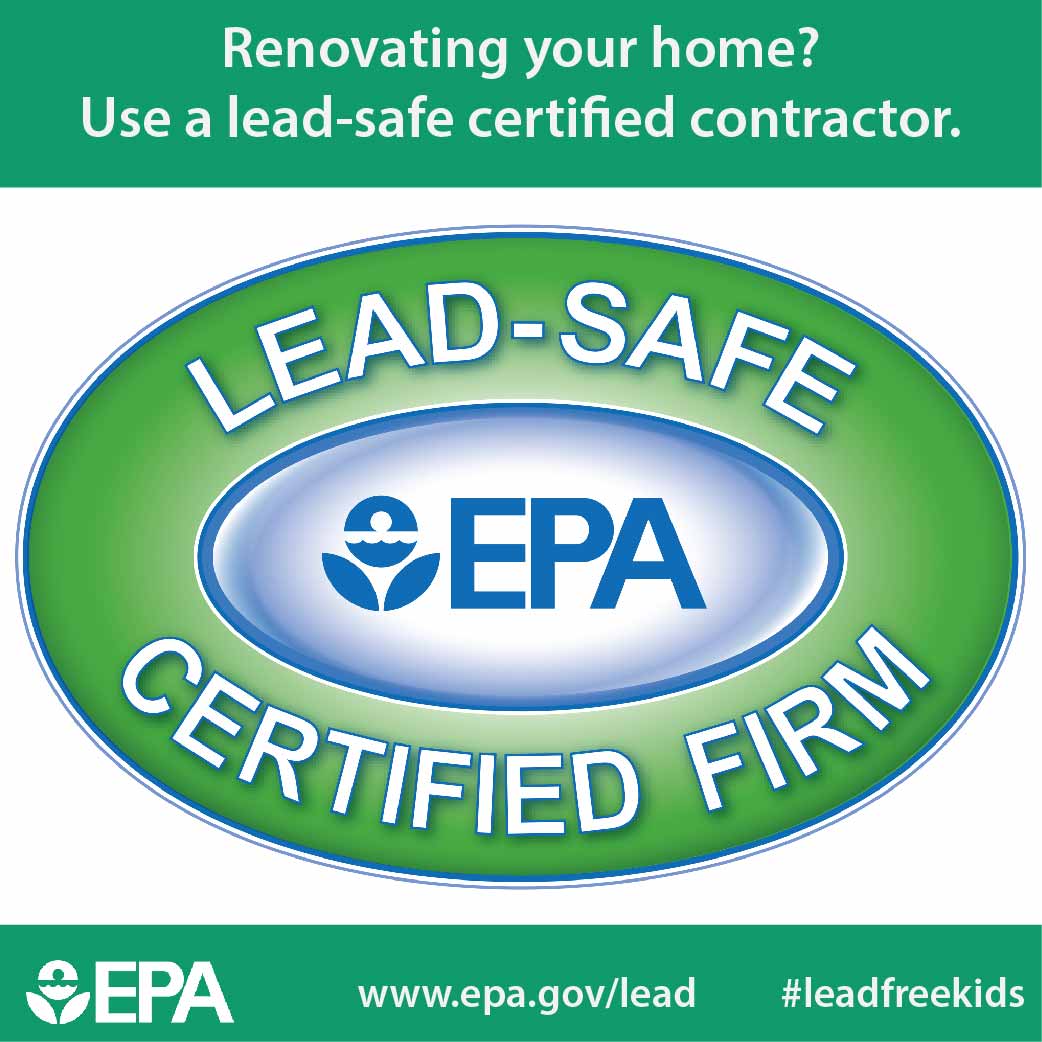Seasonal Considerations For Commercial Outside Painting: What You Need To Know
Seasonal Considerations For Commercial Outside Painting: What You Need To Know
Blog Article
Content Produce By-Burnham Whalen
When you're preparing an industrial exterior paint project, seasonal aspects can make or damage your results. You'll wish to take into consideration just how temperature level and humidity effect paint application and drying out times. Choosing painting 1200 sq ft house can ensure your paint sticks effectively and lasts much longer. However which periods are absolutely the most effective for this sort of work? Let's check out the crucial elements that can influence your task's success.
The Effect of Temperature Level on Paint Application
When you're planning an industrial exterior paint task, the temperature level can considerably impact just how well the paint adheres and dries out.
Preferably, you wish to repaint when temperatures vary in between 50 ° F and 85 ° F. If it's too cold, the paint might not cure appropriately, bring about concerns like peeling off or fracturing.
On the other side, if it's too hot, the paint can dry too quickly, avoiding appropriate attachment and resulting in an uneven surface.
You need to additionally consider the time of day; morning or late afternoon offers cooler temperatures, which can be more beneficial.
Constantly check the maker's referrals for the particular paint you're making use of, as they typically offer support on the optimal temperature level range for optimal outcomes.
Humidity and Its Effect on Drying Times
Temperature isn't the only environmental aspect that influences your business external paint project; moisture plays a substantial role also. High moisture levels can slow down drying out times substantially, impacting the total top quality of your paint work.
When the air is saturated with wetness, the paint takes longer to treat, which can bring about issues like poor attachment and a higher danger of mold growth. If you're painting on a particularly humid day, be gotten ready for prolonged delay times between coats.
It's critical to check regional climate condition and plan accordingly. Preferably, go for humidity degrees in between 40% and 70% for optimal drying out.
Keeping https://www.21oak.com/inspiration/how-to-paint-basement-walls/ in mind ensures your job stays on track and provides a lasting coating.
Best Seasons for Commercial Exterior Paint Projects
What's the most effective time of year for your industrial outside painting jobs?
Springtime and very early loss are normally your best options. During these periods, temperature levels are mild, and humidity degrees are usually reduced, producing excellent conditions for paint application and drying.
Stay clear of summertime's intense heat, which can cause paint to dry too rapidly, causing bad attachment and coating. Likewise, winter season's cool temperatures can hinder correct drying and curing, running the risk of the long life of your paint work.
https://local-painters-near-me88765.blogdemls.com/35069006/overlooking-the-advantages-of-collaborating-with-a-professional-painting-firm-can-result-in-substantial-economic-bad-moves for days with temperature levels between 50 ° F and 85 ° F for optimal results. Bear in mind to examine the regional weather prediction for rainfall, as wet conditions can ruin your project.
Planning around these variables ensures your paint job runs smoothly and lasts much longer.
Final thought
In conclusion, intending your industrial external painting projects around seasonal factors to consider can make a considerable difference in the outcome. By scheduling work throughout the optimal temperatures and humidity levels, you'll make sure better adhesion and drying out times. Remember to keep an eye on neighborhood weather report and choose the correct time of year-- springtime and early autumn are your best bets. Taking these steps will certainly aid you achieve a resilient and specialist finish that lasts.
